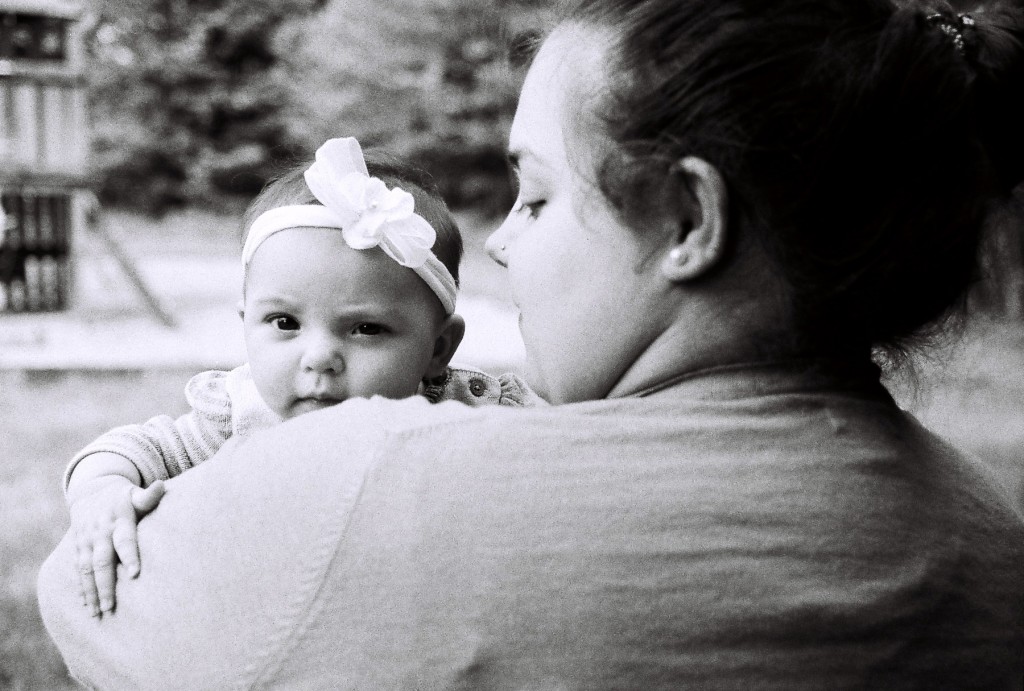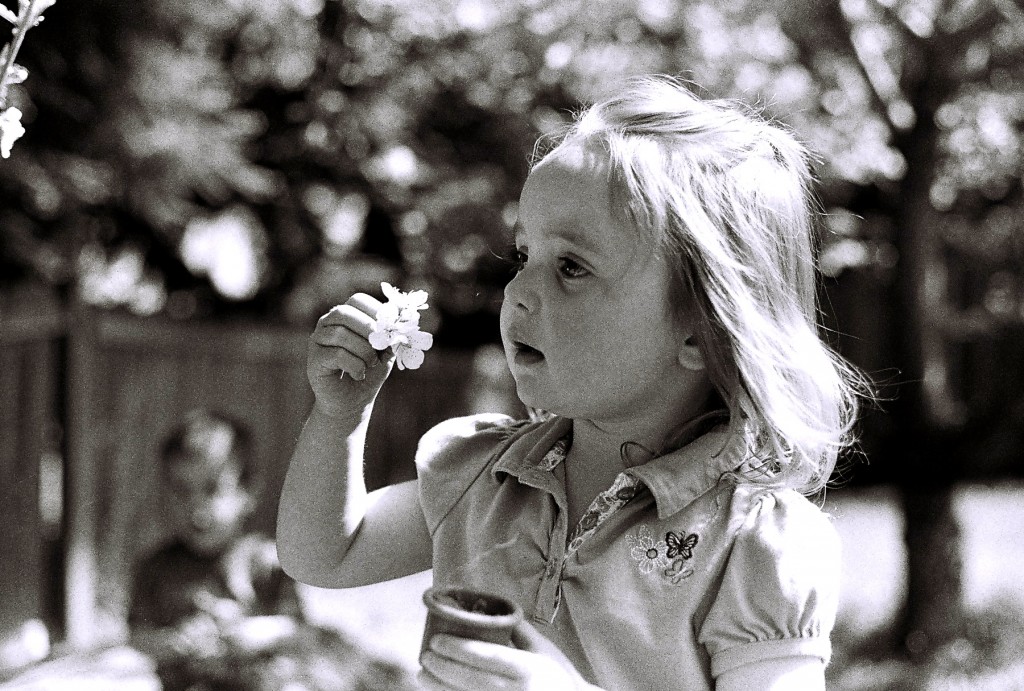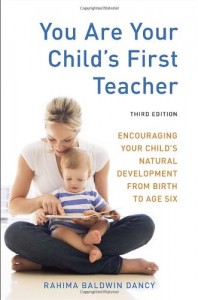In my article on Imagination & Creation, I talked about the importance of the imagination in children and it’s crucial role our ability to be a force for change. I then talked about the role of toys in this development. In this article I want to focus on the important role that parents play.
Imagination is a child’s way of practicing what they see and learn around them. We are constantly picking up on individual behavior patterns, social structures, etc. And as the child is piecing all of these complex things together the imagination gives them a place to put themselves in different situations and guess how the world would respond accordingly. Children are also getting a feel for the meaning of an hour, a day, week day, weekend, year, and so on.
Parents are often the child’s first example of human behavior, an example of routine in life and a source of security. Dancy puts great emphasis on the importance of parents being active in the home, for the child to see, and also setting rhythms which I will talk about further.
Movement & Security
Have you ever seen a child run to get their toy vacuum with the desire to “vacuum” alongside Mom or Dad? Or the toy lawn mower? (or something that they pretend is a vacuum or lawn mower?). This is a perfect example of a child imitating life. Rahima Dancy expresses the following concern in You Are Your Child’s First Teacher:
“A second factor in the difficulty of being home with young children is our focus on the child instead of on the ‘work’ of homemaking, hich has largely disappeared through prepackaged foods and all our labor-saving devices. Modern life simply doesn’t support what young children need, which is to see us doing work that involves movement. What they actually see us doing isn’t satisfying to them. As a result, they seem to demand more attention, when in fact they are asking to ovserve us doing ‘real work’ that involves movement and transformation of materials – something they can both share in and then imitate in their play.” (Dancy pg. 29)
According to Dancy, it is best to focus on movement and “work”, allowing the child to play while being present for the child when needed. This creates a sense of security and trust without being overbearing and being too controlling on the parents or caretakers side. Dancy gives the following advice:
“The first is that we’re doing these activities with awareness and with love. I am reminded of Mother Teresa’s suggestion that we do little things with great love. So, when we put a vase with flowers on the table or sweep the kitchen floor, we can try to do it with an awareness of the quality of our movements, with an awareness of their beneficial effect on the young child, and with care.” (Dancy, pg. 31)
Establishing Routine & Rhythm
Having a routine established not only helps children understand the concept of time (days, years, hours, seasons), but also let’s them know what to expect which results in less opposition. There are many ways to establish routine and rhythm, and each home will have to decide which is best for their family. Having a schedule takes persistence and discipline on the side of the parents, but can be great for children – consider having dinner at a certain time, or bedtime, etc. Holidays are also a great way to introduce the seasons, and many traditions. But incorporating small traditions in everyday life can be fun. Dancy gives some fun ideas in her book such as lighting a candle while reading a bedtime story, then blowing it out. You could also establish days of the week for household chores/projects such as doing the laundry every Monday, etc. There is no right answer when it comes to establishing rhythm in your home, but finding what works for your individual family can create more peace and understanding for the children in it.




